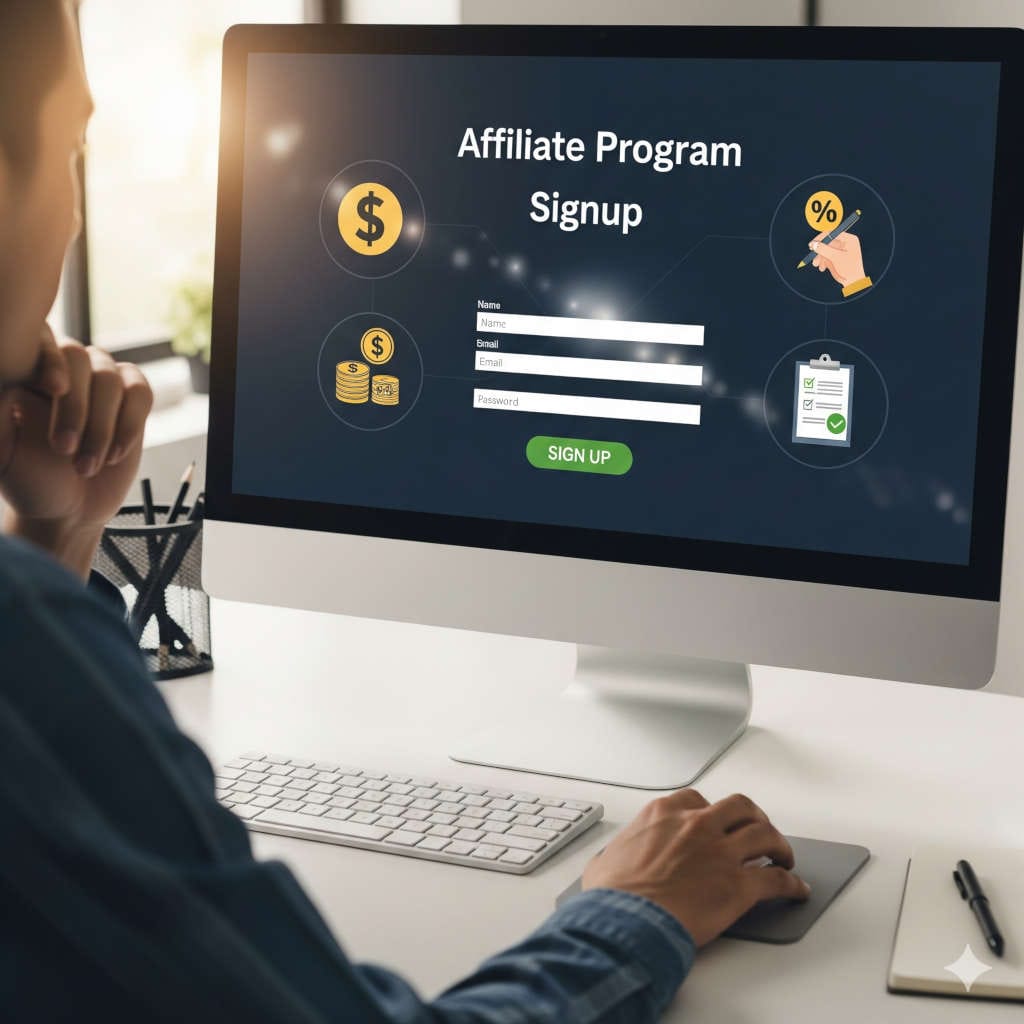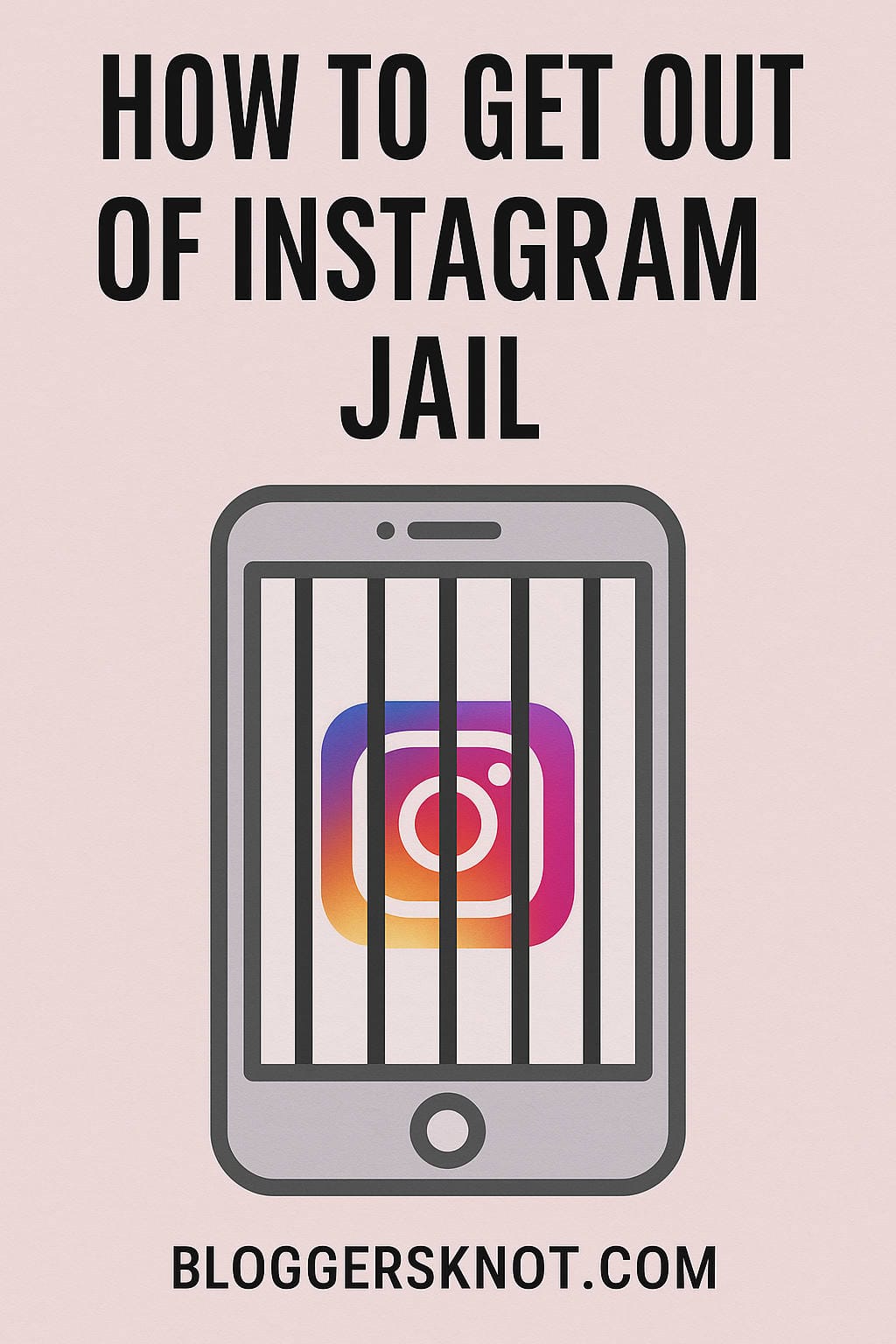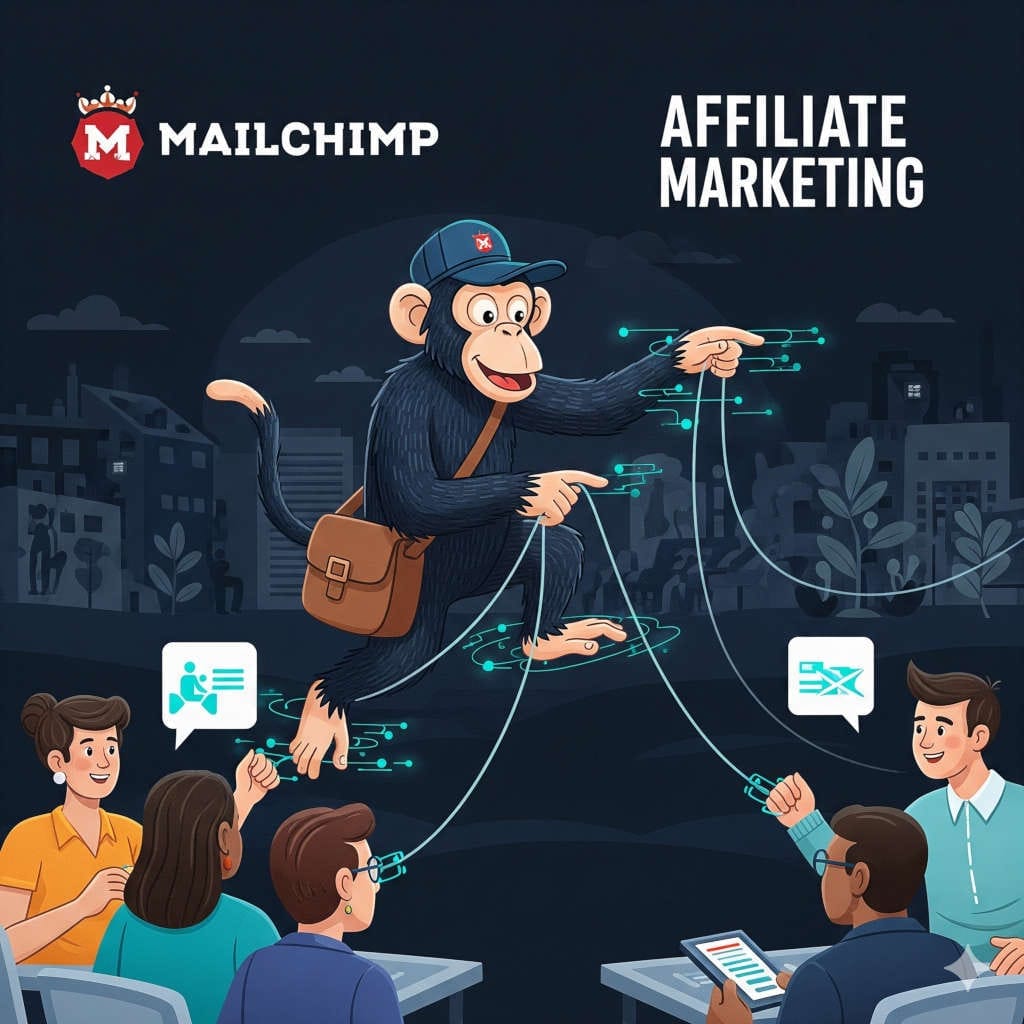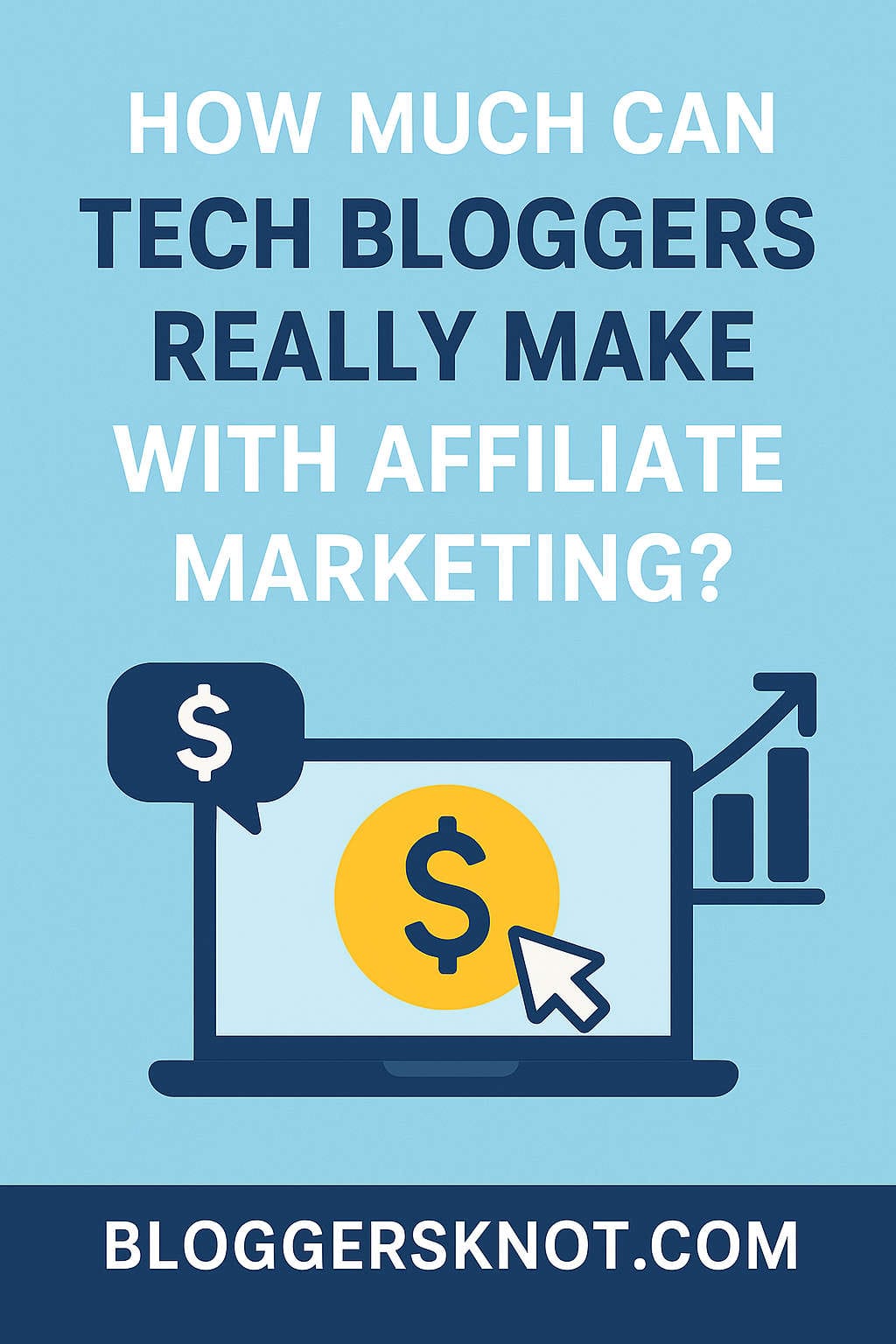Affiliate marketing has always been about connecting the right offer with the right audience at the right time. Over the years, commission models have evolved from basic pay-per-sale arrangements to more diversified structures like cost-per-click, cost-per-lead, and cost-per-install. In 2025, one of the most attractive and approachable ways for affiliates to earn consistent revenue is through pay-per-free-signup (PPS) programs.
These programs are exactly what they sound like: you get paid when someone signs up for a free account, trial, or membership through your affiliate link. Unlike pay-per-sale, you don’t have to persuade your audience to open their wallets immediately. Instead, you’re guiding them into the first step of a relationship with a brand, which feels far less intimidating for most users.
This article dives deep into the world of PPS affiliate programs in 2025. You’ll learn what they are, why they matter, which programs are leading the way, how to promote them effectively, and what pitfalls to avoid if you want to build a sustainable income stream.
What Exactly Is Pay-Per-Free-Signup?
At its core, pay-per-free-signup is a type of cost-per-action (CPA) affiliate model. Here’s how it works:
- You join an affiliate program or network that offers PPS deals.
- You promote the brand using a unique affiliate link.
- When someone clicks your link and completes a free registration (newsletter opt-in, account creation, free trial, app install with signup, etc.), you earn a commission.
The payout is usually lower than a sale-based commission because the advertiser is only getting a potential customer rather than a paying one. However, the ease of conversion often makes up for the lower payout since far more people are willing to sign up for something free than to make an immediate purchase.
In today’s digital environment, PPS offers are most common in industries like SaaS tools, mobile apps, survey platforms, online services, subscription boxes, and financial products.
Why PPS Affiliate Programs Still Matter in 2025
You might be wondering why companies are still paying affiliates for free sign-ups. The answer is simple: acquiring users is more expensive than ever. Brands know that once they get a person into their ecosystem, even through a free trial, there’s a good chance they can convert them into paying customers later.
For affiliates, PPS offers several benefits:
- Lower friction for users: Asking someone to try a free product or create a free account is easier than asking for a purchase.
- Faster results: You can often see conversions rolling in within days of starting a campaign, unlike sales programs that take longer.
- Better for beginners: If you’re new to affiliate marketing, PPS campaigns give you a gentler learning curve.
- Volume potential: A free signup is attractive worldwide, which means you can often target multiple geographies.
However, PPS isn’t perfect. Because payouts are smaller, you need more volume to earn serious money. Advertisers are also stricter than ever about the quality of sign-ups. Fake, incentivized, or low-quality leads won’t just reduce your earnings — they can get you banned.
How PPS Programs Work in 2025
The mechanics of PPS haven’t changed drastically, but the rules have tightened. Here are the trends you should be aware of this year:
- Validation Windows – Many advertisers don’t pay for signups until they’ve been validated. This could mean confirming the user’s email, checking for duplicate IPs, or waiting 7–30 days to ensure the user sticks around.
- Trial-to-Paid Conversions – SaaS companies especially may not pay for raw signups anymore. Instead, they pay only if the free trial converts to a paid subscription.
- Geo Restrictions – High-value countries like the US, UK, and Canada usually pay more but come with higher advertising costs. Some affiliates focus on Tier-2 or Tier-3 countries where conversions are cheaper, even if payouts are slightly lower.
- Traffic Rules – Many networks disallow incentivized traffic (where users sign up only to get a reward). Always check the terms before running such traffic.
- Fraud Prevention – Networks now employ AI-driven fraud detection, so only genuine leads get approved.
The Best Pay-Per-Free-Signup Affiliate Programs in 2025
Let’s explore some of the top affiliate programs and networks offering PPS opportunities right now. These are platforms that continue to deliver trustworthy offers and timely payouts.
1. MaxBounty
MaxBounty has been a heavyweight in the CPA industry for years, and in 2025 it’s still going strong. It offers a wide range of campaigns, including financial apps, SaaS trials, sweepstakes, and service signups. Affiliates like it because of its consistent tracking, solid reputation, and variety of PPS offers.
What sets MaxBounty apart is its support system. Once you prove yourself as a reliable affiliate, you’ll get access to better offers, higher payouts, and even faster payment schedules.
2. AdCombo
AdCombo specializes in localized landing pages and funnels, which makes it especially effective if you’re targeting audiences outside the English-speaking world. Their offers often include free trials, product samples, and simple signup forms.
For affiliates who understand traffic in international markets, AdCombo provides plenty of opportunities to scale with PPS campaigns.
3. CPALead
If you’ve ever worked with offerwalls or mobile apps, you’ve probably heard of CPALead. Their platform is filled with registration-based campaigns — from email signups to app trials. They’re particularly popular among mobile app developers and publishers because CPALead integrates easily into apps where users can complete offers for in-app rewards.
4. OfferToro
OfferToro is another network that shines in the offerwall space. It’s perfect for websites, apps, and reward-based platforms where users want to complete small tasks in exchange for points or credits. Many of these tasks involve signing up for a free trial, newsletter, or account.
For affiliates who run communities, gaming apps, or incentive-based platforms, OfferToro is a go-to for consistent PPS income.
5. SaaS Affiliate Programs
While most SaaS companies no longer pay for raw free signups, many still allow affiliates to promote their free trials. The catch is that commissions usually trigger only when the user eventually becomes a paying customer. Examples include marketing tools, design software, and VPN services.
Although these programs aren’t technically PPS in the purest sense, they’re still worth mentioning because free signup is the first step. If you’re in a niche where your audience genuinely needs SaaS products, these programs can be very profitable.
How to Evaluate a PPS Offer Before Promoting It
Not all PPS offers are created equal. Before you pour money or effort into a campaign, take time to evaluate the offer.
- Check the payout structure: Is it truly pay-per-signup, or is there a hidden requirement like a trial-to-paid conversion?
- Look at the GEO restrictions: Will the offer accept traffic from your audience’s region?
- Understand traffic rules: Some offers allow incentive traffic, others ban it completely.
- Examine the hold period: If payments are delayed for 30 days, factor that into your cash flow planning.
- Review the advertiser’s reputation: Stick with networks and companies that have proven reliability.
By carefully evaluating offers, you’ll save yourself from wasted traffic and disappointment.
Smart Promotion Strategies for PPS Offers
Promoting pay-per-free-signup offers successfully in 2025 requires creativity, authenticity, and precision targeting. Here are some approaches that work well today:
Build Pre-Sell Pages
A pre-sell page is a landing page you create that warms up the visitor before sending them to the actual signup form. By explaining what the product does, why the signup is safe, and what the next step looks like, you dramatically increase conversions.
Create Comparison Content
People love comparing options before making a decision. Articles or videos that compare two or three free trials side by side not only attract search traffic but also encourage users to take action.
Leverage Social Media Communities
Facebook groups, Reddit communities, and LinkedIn posts can be powerful places to share affiliate links — but only if you add genuine value. Instead of spamming, create educational posts, tutorials, or discussions where a free signup naturally fits.
Optimize for Mobile
Most PPS campaigns are mobile-heavy. If your landing pages, funnels, or creatives aren’t optimized for mobile, you’re leaving conversions on the table.
Use Retargeting
Sometimes users click but don’t sign up on the first visit. Retargeting ads remind them about the offer and push them to complete the registration. Since the barrier is low (just a free signup), retargeting tends to work very well.
Tracking, Fraud Prevention, and Compliance
One of the biggest challenges with PPS campaigns is fraud. Advertisers and networks are cautious because fake signups waste their budgets. To stay safe and ensure you get paid:
- Always use server-to-server (S2S) tracking when possible.
- Monitor your traffic sources for unusual patterns like repeated signups from the same IP.
- Communicate openly with your affiliate manager about where your traffic is coming from.
- Avoid shady traffic sources that promise “guaranteed leads” at suspiciously low prices.
Trust is everything in affiliate marketing. If a network trusts you, you’ll get access to better offers, higher payouts, and faster payments.
Payment Cycles and Cash Flow Tips
Most PPS networks pay on a net-30 or net-45 basis, meaning you’ll receive your earnings 30–45 days after the conversions are approved. Some networks offer faster payments once you build a reputation for quality.
To manage your cash flow:
- Keep a buffer of working capital if you’re buying paid traffic.
- Diversify across multiple offers so you’re not waiting on one advertiser.
- Gradually increase spend as payouts start flowing in consistently.
Niches Where PPS Thrives in 2025
Certain industries are especially suited to PPS models. If you’re entering this space, consider these niches:
- Finance & Fintech: Apps that want people to create accounts for trading, budgeting, or saving.
- Mobile Apps & Games: Developers pay for signups because user acquisition drives app growth.
- Surveys & Rewards Platforms: Easy registrations with low commitment.
- Education Platforms: Free course signups or trial accounts for online learning.
- SaaS Tools: Free trials for software products, often leading to subscription upgrades.
Each niche has different average payouts and conversion rates, so test a few before settling on one.
Common Mistakes to Avoid With PPS Programs
Beginners often stumble into avoidable traps when promoting PPS offers. Here’s what to watch out for:
- Chasing high payouts blindly: A $20 signup offer looks amazing until you realize it requires a credit card or has strict conditions that barely convert.
- Using the wrong traffic sources: Don’t assume incentivized traffic is allowed just because it works elsewhere.
- Neglecting tracking: Without proper tracking, you won’t know which campaigns are profitable.
- Ignoring compliance: Misleading ads or shady landing pages can get you banned fast.
Should You Choose PPS or Pay-Per-Sale?
The answer depends on your audience and traffic strategy. If your audience is cautious or early in the buyer’s journey, PPS offers are easier to promote. If your audience is high-intent and ready to buy, pay-per-sale programs can yield larger commissions.
Many affiliates actually blend both models. They use PPS offers to build volume and momentum while also sprinkling in higher-ticket sales programs for bigger paydays.
Final Thoughts
Pay-per-free-signup affiliate programs remain one of the most accessible ways to earn money in 2025. They lower the barrier for users, provide fast conversions for affiliates, and help advertisers build customer pipelines in an increasingly competitive market.
Success in PPS, however, isn’t just about volume. It’s about quality traffic, compliance, creative promotion, and patience. Whether you’re just starting out or looking to diversify your affiliate income, PPS programs offer a solid foundation to grow from.
Start small, pick one or two networks that align with your niche, and experiment. Over time, you’ll learn which strategies resonate with your audience and which offers bring in the most consistent revenue.
If you focus on building genuine trust with both your audience and affiliate partners, 2025 can be the year you turn PPS affiliate marketing into a reliable income stream.






